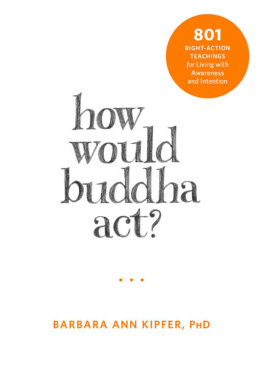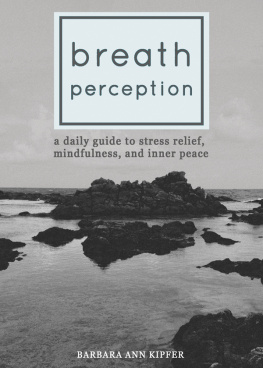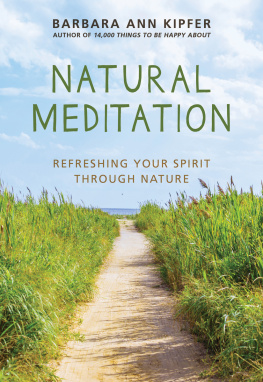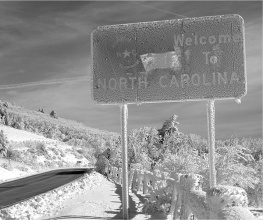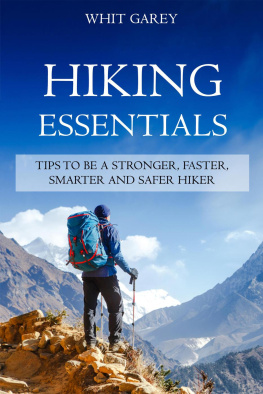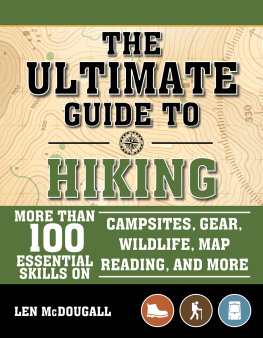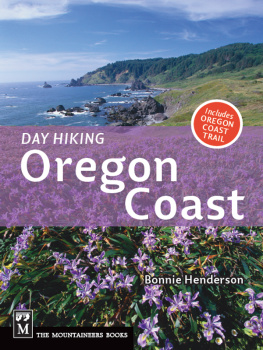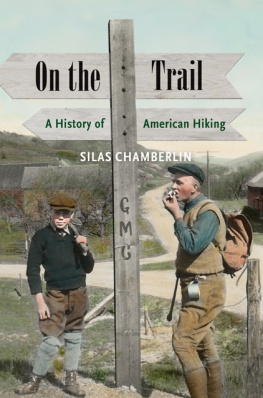Backpacker Magazine Day Hikers Handbook, Michael Lanza, Mountaineers Books, 2003
Complete Idiots Guide to Backpacking and Hiking, Jason Stevenson, Alpha, 2010
The Complete Walker IV, Colin Fletcher, Knopf, 2002
Eyewitness Backpacking and Hiking, Karen Berger, DK, 2005
On the Trail: A History of American Hiking, Silas Chamberlin, Yale, 2019
The Hiking Companion, Michael W. Robins, Storey, 2003
The Honest Backpacker, James Klopovic, self-published, Affinitas LLC, 2017
Trailside Guide: Hiking & Backpacking, Karen Berger, W. W. Norton, 2003
Barbara Ann Kipfer is an archaeologist, lexicographer, hiker, author, and former sportswriter. She has written more than sixty-five books and calendars, mostly lists, including 14,000 Things to Be Happy About, 5,203 Things to Do Instead of Looking at Your Phone, Self-Meditation,Instant Karma, 8,789 Words of Wisdom, The Wish List, 4,000 Questions for Getting to Know Anyone and Everyone, Rogets International Thesaurus, and 1,001 Ways to Live Wild, 1,001 Ways to Slow Down, and 1,001 Ways to Be Creative. Find more of Barbaras work online at thingstobehappyabout.com.

- One of the best and least expensive ways to get exercise.
- Builds stronger muscles and bones.
- Improves your sense of balance.
- Improves cardiorespiratory fitness of heart, lungs, and blood vessels and decreases the risk of certain respiratory problems.
- Reduces chances for heart problems. Lowers blood pressure.
- Improves blood sugar regulation.
- Helps many people lose weight and maintain weight loss as opposed to weight loss through dieting.
- Stabilizes cholesterol levels.

- Helps reduce negative effects of arthritis by lessening stress on joints and easing joint pain, stiffness, and swelling.
- Helps reverse the negative effects of osteoporosis by increasing bone density.
- Slows the rate of calcium loss, thus strengthening bones.
- Boosts mood and improves mental health. Hiking soothes and clears the mind.
- Reduces stress, calms anxiety, and lowers risk of depression. Hiking rejuvenates you and increases your happiness.
- Opens up your senses to your surroundings and improves sensory perception. When you open yourself to receive what nature has to offer, you will find many nuggets of wisdom available.
- Hiking makes you more mindful.
- Promotes relational health through hiking with a friend, neighbor, or family member.
- Improves your sleep.
- Fitness, especially outdoor exercise.
- Improve cardiovascular health and strength.
- Try something new. Challenge yourself.
- Fun.
- Exercise with a partner or friend for camaraderie and relationship-building.
- Get fresh air.
- Go somewhere without vehicles.
- Go somewhere without computers, phones, or TVs.
- Cool off or warm up.
- Enjoy a scenic view and/or be near a body of water.
- See seasonal changes, like fall leaves.
- Be outside when there are fewer bugs (spring and fall).
- Be outside when there are no bugs (winter).
- Bird watching, wildlife watching, studying geology, seeing wildflowers and plants.
- Outdoor photography or journaling.
- Incrementally work up to backpacking and camping.
- Cheap therapy.
FUN FACT
The American Discovery Trail is the longest hiking trail in North America, a series of linked roads and recreational trails coast-to-coast across the middle of the United States.

- You have picked the perfect activity for enjoying the beauty of nature at whatever pace and level you are comfortable with.
- Hiking requires just a little planning and preparation: finding a hiking partner, choosing a hike, and gearing up.
- If you have a friend or friends who hike, ask them to take you out for your first time.
- If you dont know any experienced hikers but your partner is willing to learn with you, try taking this up together.
- If you dont have those options, many cities and towns have hiking clubs with regular outings, which you can search for online.
- If going alone is your only (or chosen) option, then start with short trips to popular hiking destinations, and always make sure someone knows where you are going and how long you plan to be gone.
- Choose a hiking route through internet research, local public land management agencies, or guidebooks. If you have friends who hike, ask them for suggestions or contact the parks and recreation department in your town.
- Choose a hiking route by looking at these factors: how much time you have, your fitness level, distance, elevation gain, time of year and weather, and logistics (for hikes that require more planning).


IN EVERY WALK WITH NATURE, ONE RECEIVES FAR MORE THAN HE SEEKS.
-JOHN MUIR
FUN FACT
About 45 million Americans go hiking each year.
- You dont need a lot of gear, just a few essential itemsstarting with the Ten Essentials: items for navigation, sun protection, insulation, illumination, first aid, fire, repairs, nutrition, hydration, and emergency shelter.
- Footwear is one of the most important items you need to choose. The choices range from supportive ankle-high boots to lightweight trail-running shoes. Comfort is important, but safety, protection, and terrain-appropriateness are, too. Whatever you choose needs to be well broken-in and worn with wool or synthetic socks.
- Choose clothing made of quick-drying, moisture-wicking fabrics such as polyester or wool. Cotton takes a long time to dry when wet, which is why it is not ideal.




